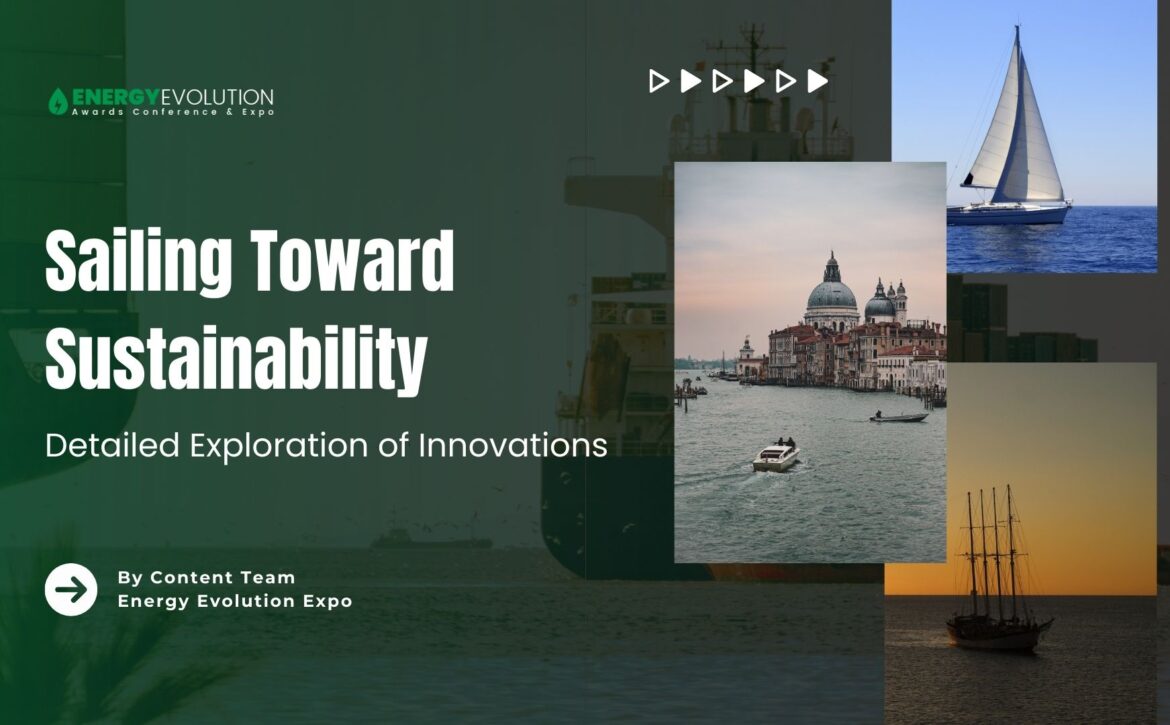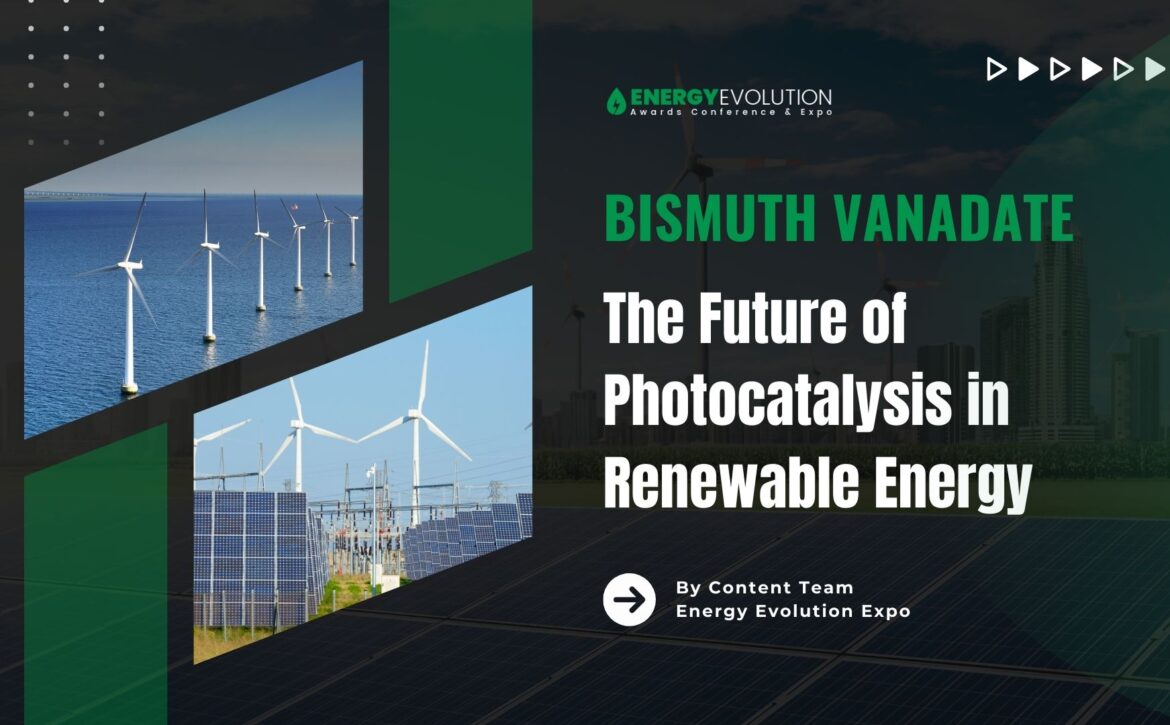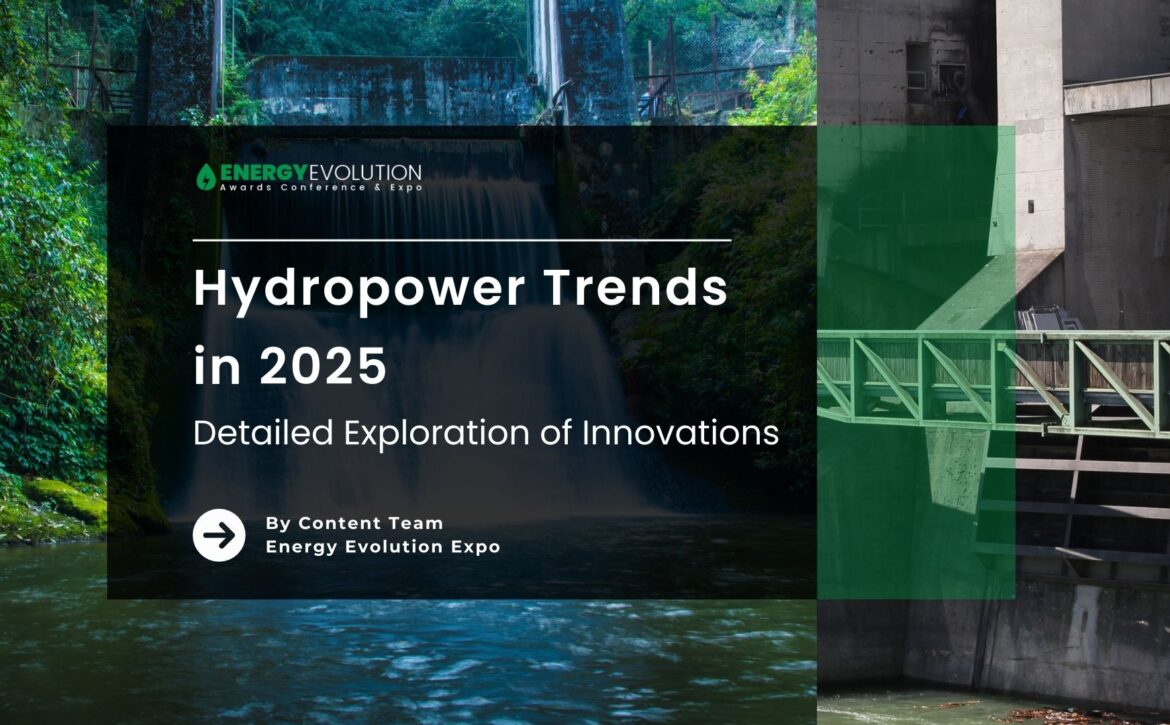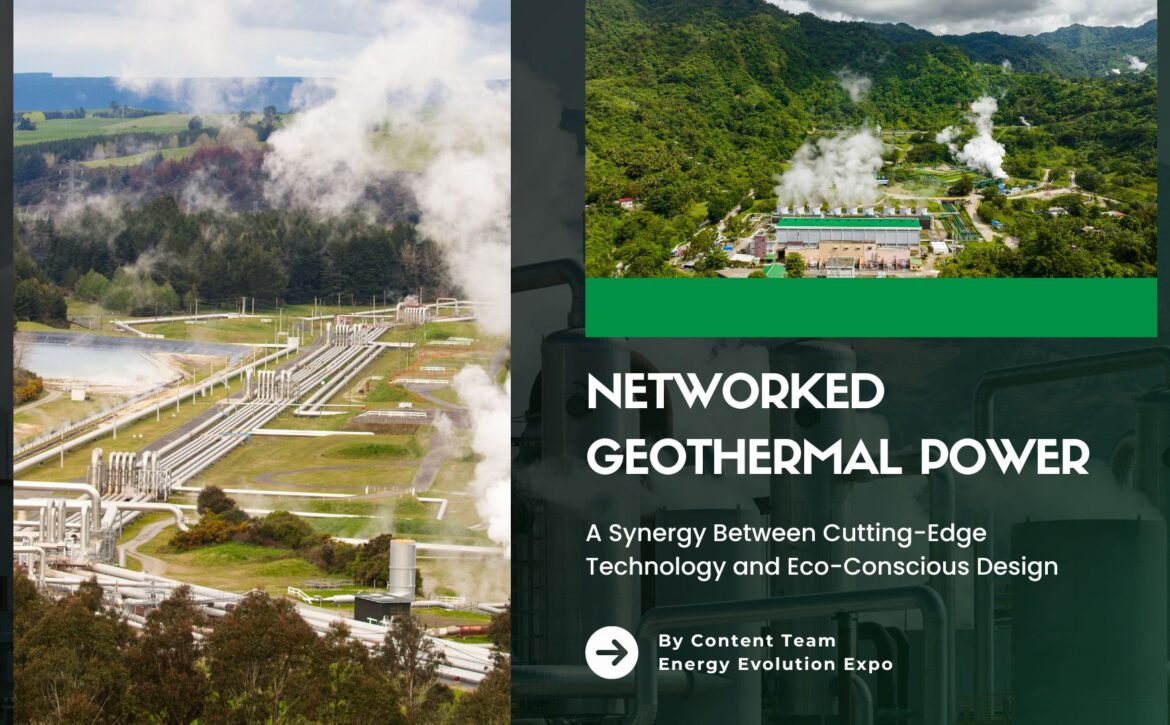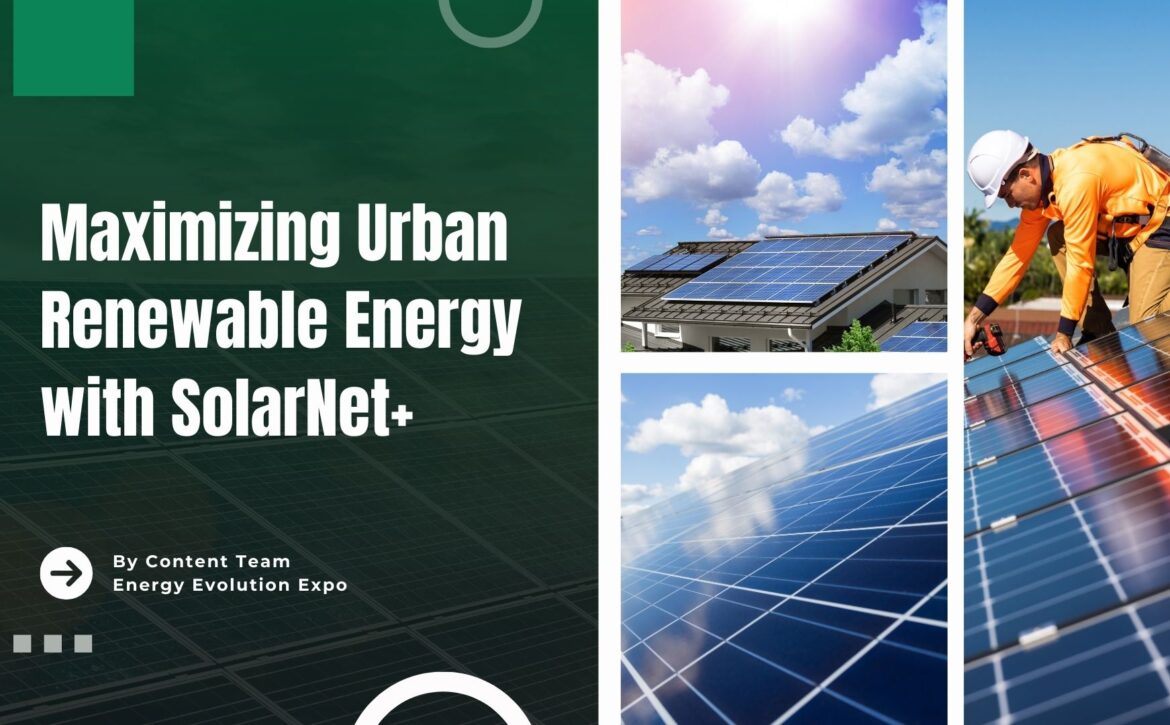Sailing Toward Sustainability: The Rise of Green Maritime Practices
The maritime industry has been the cornerstone of global trade for centuries, moving over 80% of the world’s goods across oceans. Yet, this essential sector also plays a major role in environmental harm, contributing significantly to greenhouse gas (GHG) emissions, oil spills, and marine pollution. With growing global awareness of environmental issues, there is an urgent need to transform the maritime industry into a more sustainable and eco-friendly sector.
This transformation, known as “green maritime,” is key to ensuring that shipping continues to support global trade while minimizing its environmental footprint. In this blog, we will delve into what green maritime entails, its importance, and the sustainable innovations that are reshaping the industry. We’ll also highlight examples of shipping companies and countries in Europe and Asia leading the charge toward a greener maritime future.
Understanding Green Maritime
Understanding Green Maritime
Green maritime involves adopting sustainable practices, cutting-edge technologies, and forward-thinking policies within the maritime industry to reduce its environmental impact. This concept includes everything from lowering emissions and enhancing energy efficiency to using alternative fuels, implementing eco-friendly ship designs, and optimizing logistics operations. The ultimate aim of green maritime is to strike a balance between the industry’s economic viability and its environmental responsibilities, ensuring that the sector can thrive without compromising the planet’s health.
Why Green Maritime is Crucial
Why Green Maritime is Crucial
The push for green maritime practices is driven by several critical factors.
1. Environmental Responsibility: The maritime industry is a major contributor to GHG emissions, particularly carbon dioxide (CO2), which drives global warming and climate change. Additionally, shipping activities can lead to devastating oil spills, marine pollution, and the disruption of aquatic ecosystems.
2. Regulatory Compliance: International bodies, such as the International Maritime Organization (IMO), have introduced strict regulations to curb the maritime industry’s environmental impact. These include the IMO 2020 sulfur cap, which limits the sulfur content in marine fuels, and the IMO’s ambitious goal to reduce GHG emissions by at least 50% by 2050.
3. Economic Benefits: Embracing green maritime practices can lead to significant long-term savings for shipping companies. By adopting energy-efficient technologies and alternative fuels, companies can reduce fuel consumption, lower maintenance costs, and minimize expenses related to regulatory compliance.
4. Market Demand: There is a growing demand from consumers, investors, and stakeholders for businesses to adopt sustainable practices. Companies that lead in green maritime can boost their reputation, attract eco-conscious customers, and gain a competitive edge in the market.
Innovations Driving Green Maritime
The transition to green maritime is being propelled by a range of innovative technologies and practices. Some of the most impactful include:
1. Alternative Fuels: The shift to alternative fuels such as liquefied natural gas (LNG), biofuels, hydrogen, and ammonia is one of the most promising strategies for reducing emissions in the maritime sector. These fuels produce significantly fewer GHG emissions compared to traditional marine fuels like heavy fuel oil (HFO).
2. Energy-Efficient Ship Designs: Advances in ship design, including hydrodynamic hull forms, air lubrication systems, and wind-assisted propulsion, can drastically cut fuel consumption and emissions. Designing lighter, more aerodynamic ships also enhances energy efficiency.
3. Digitalization and Smart Shipping: The integration of digital technologies such as the Internet of Things (IoT), artificial intelligence (AI), and big data analytics is revolutionizing the maritime industry. These technologies enable real-time monitoring of ship performance, predictive maintenance, and optimized routing, all of which contribute to fuel efficiency and reduced emissions.
4. Electric and Hybrid Vessels: Electric and hybrid propulsion systems are gaining ground in the maritime sector. These systems combine conventional engines with electric motors and battery storage, allowing ships to operate on cleaner energy, especially in ports and coastal areas.
5. Green Port Infrastructure: Green maritime practices extend beyond ships to include sustainable port operations. This involves using shore power, where ships plug into the electrical grid while docked, reducing emissions from auxiliary engines. Ports are also investing in renewable energy sources like solar and wind power to support greener operations.
Leading the Way: Examples of Green Maritime
Several shipping companies and nations across Europe and Asia are setting the standard in green maritime, showcasing what’s possible when sustainability is prioritized.
European Leaders.
1. Maersk (Denmark): As one of the world’s largest shipping companies, Maersk is committed to achieving net-zero emissions by 2040. The company is investing in methanol-powered vessels and exploring biofuels to shrink its carbon footprint. Denmark itself is a leader in green shipping, promoting the development of carbon-neutral shipping lanes and collaborating with neighboring countries on green maritime initiatives.
2. Hapag-Lloyd (Germany): Hapag-Lloyd is a major player in the green maritime movement. The company has upgraded its fleet with energy-efficient technologies like bulbous bows and propeller modifications to cut fuel consumption. Hapag-Lloyd is also exploring LNG as a cleaner alternative to conventional marine fuels. Germany, known for its leadership in sustainable innovation, supports these efforts through stringent environmental regulations and investments in green port infrastructure.
3. Wallenius Wilhelmsen (Norway/Sweden): This Norwegian-Swedish shipping company is renowned for its innovative approach to sustainability. Wallenius Wilhelmsen has pioneered the concept of “E/S Orcelle,” a vision for zero-emission ships powered by renewable energy sources like wind, solar, and hydrogen. The company is also committed to reducing waste and promoting circular economy practices. The Scandinavian region, particularly Norway and Sweden, is known for its dedication to sustainability, with government policies and investments actively supporting green shipping.
Asian Pioneers.
1. NYK Line (Japan): Nippon Yusen Kabushiki Kaisha (NYK Line), a Japanese shipping giant, is a frontrunner in green maritime. The company has been a leader in developing and deploying LNG-fueled vessels and investing in wind-assisted propulsion technology. NYK Line is also involved in projects aimed at creating carbon-neutral shipping corridors. Japan, with its strong maritime heritage, supports these initiatives through its “Green Growth Strategy,” which targets decarbonizing key sectors, including shipping.
2. COSCO Shipping (China): COSCO Shipping, one of the world’s largest shipping conglomerates, is heavily investing in green technologies. The company has incorporated LNG-powered vessels into its fleet and is leveraging digital technologies to optimize fuel consumption and reduce emissions. China, as the world’s largest shipbuilder, is also making strides to lessen the environmental impact of its maritime industry by setting ambitious emission reduction targets and developing green ports.
3. Hyundai Merchant Marine (South Korea): Hyundai Merchant Marine (HMM), South Korea’s flagship carrier, is actively integrating green maritime practices into its operations. The company has ordered LNG-powered megaships and is working on projects involving fuel cell technology and autonomous ships to enhance fuel efficiency. South Korea’s government is driving the transition to green shipping through initiatives like the “Green New Deal,” which aims to foster sustainable maritime logistics.
The maritime industry is at a critical juncture, where the transition to green maritime practices is not just a necessity but an opportunity to redefine the future of shipping. By embracing alternative fuels, energy-efficient ship designs, digitalization, and other innovative solutions, the industry can dramatically reduce its environmental impact while continuing to play a vital role in global trade. As more shipping companies and nations across Europe and Asia adopt green maritime, the industry is poised to achieve its environmental goals and secure a sustainable future for generations to come.
The journey towards green maritime is a pivotal step in ensuring that shipping aligns with the planet’s needs, steering the industry toward a future where economic growth and environmental stewardship go hand in hand. We need to keep up with all recent innovations to reap maximum benefits and to facilitate a better understanding of the latest developments and trends in the Renewable energy Industry, various Conferences and Expos, which bring Industry leaders together, serve as an all-inclusive platform.
The Energy Evolution Awards, Conference, and Expo organized by Next Business Media is making its debut in Spain in 2025. It will be a leading forum dedicated to honoring excellence in Energy Technology, showcasing innovations, and fostering collaborations. The events unite industry leaders, and visionaries to explore the latest advancements, tackle key challenges, and shape the future of Energy.
The Energy Evolution Awards, Conference, and Expo will celebrate outstanding achievements, promote sustainable practices, and drive the Energy Industry forward into a technologically advanced sustainable era. Energy Evolution Awards, Conference, and Expo will be a platform for cultivating innovation and shaping a brighter, more efficient energy landscape.


